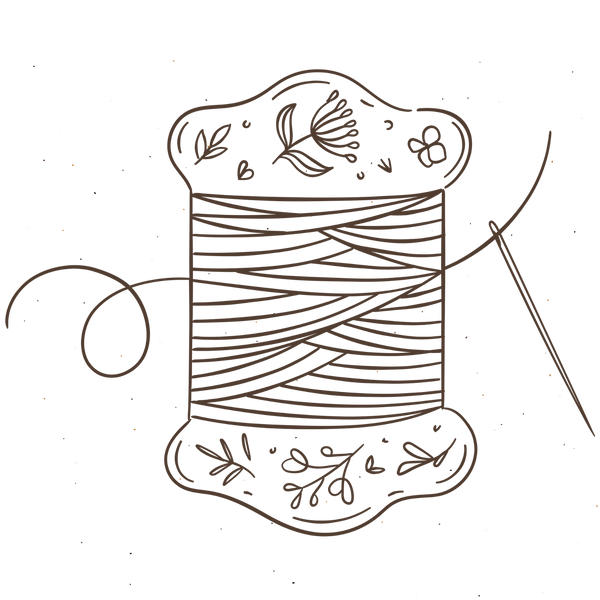Types of Embroidery Techniques
Share
What makes Chikankari truly special is its wide variety of stitches, each one bringing a different texture and feel to the fabric. Here are the key types of Chikankari embroidery stitches:
1. Tepchi
A simple, straight running stitch often used as an outline. Tepchi is the most basic form and commonly appears in borders and fillers.
2. Bakhiya (Shadow Work)
This stitch is done on the reverse side of the fabric, creating a subtle shadow on the front. It’s one of the most iconic Chikankari techniques, adding depth and softness.
3. Phanda
Small, knot-like stitches resembling millet seeds. Used in floral patterns to add dimension and texture.
4. Murri
An elongated form of Phanda, resembling a grain of rice. Typically used in the center of flowers and to accentuate motifs.
5. Jali Work
This openwork technique involves creating mesh-like patterns by delicately separating the threads of the fabric. The result is a lace-like, airy texture—ideal for festive or bridal wear.
6. Hool
A detached eyelet stitch where the thread is pulled apart to form small, round holes. Often used in floral and leaf motifs.
7. Rahet
A solid, cord-like stitch often used to outline motifs. It provides a raised, bold edge, offering contrast to finer stitches.
8. Zanzeera
A fine chain stitch that’s used to outline complex motifs. It is precise and neat, ideal for enhancing details.
9. Keel Kangan
These are petal-shaped stitches used for floral motifs. “Keel” means spike and “Kangan” means bangle—together they create intricate curves resembling flower petals or buds.
10. Khatua
A filled stitch technique where the motif is filled with thread to create a satin-like finish. It's a neat, raised style that stands out from the base fabric.
11. Turpai and Darzdari
These are decorative hemming and seam stitches, respectively, used to finish and decorate edges and seams, especially in finer garments.
